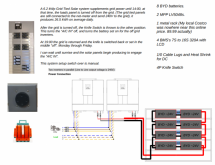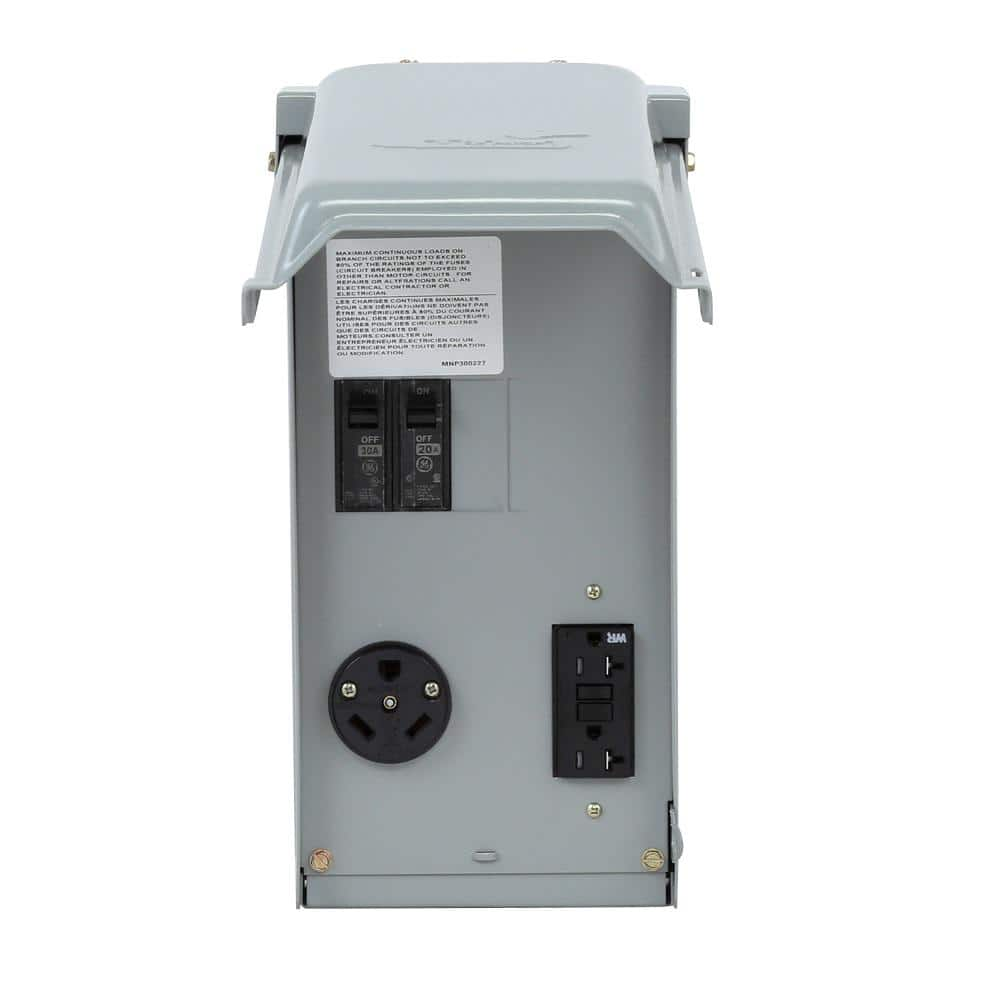jimjones26
New Member
- Joined
- Aug 20, 2020
- Messages
- 74
I have a HYBRID LV5048 Split Phase 120V/240V output 5kW 48V. I want to wire the LV5048 AC out into a breaker box, and from there provide (1) 50amp service to plug our camper into, and maybe (1) outlet to hook up a space heater to keep the cargo trailer where I am housing the LV5048 and batteries warm at night. All other outlet needs will come from the RV for now (the 50amp service). I am wondering about wire sizing from the LV5048 to the breaker box, and then what breakers and wire size from the 50amp service and the smaller outlet service. Also, will grounding to the steel frame of the trailer be enough, or should I drive in a ground stake where I end up putting the trailer?
Also I am wondering about adding breakers between all the different components (panels to LV5048, LV5048 to battery, ac input to inverter, ac output to panel). Manual states 45amp breaker between ac input and inverter, using 10awg cable. For solar panel cables it recommends 8 awg wire with a dc breaker between panels and inverter. It says typical amperage is 80A. I am guessing I need an 80A DC breaker here?
So that leaves the breaker between the inverter and the batteries and the main breaker in the breaker box. The product infor page for the LV5048 mentions it has a 60 A Utility Battery Charger (Will automatically charge your battery from Utility power in the event of low battery voltage). As far as I can tell there is no other mention of any additional chargers, so I am guessing a 60A DC breaker between the inverter and battery is what I need?
As far as the main breaker in the breaker box, I'm not sure, still researching.
Also I am wondering about adding breakers between all the different components (panels to LV5048, LV5048 to battery, ac input to inverter, ac output to panel). Manual states 45amp breaker between ac input and inverter, using 10awg cable. For solar panel cables it recommends 8 awg wire with a dc breaker between panels and inverter. It says typical amperage is 80A. I am guessing I need an 80A DC breaker here?
So that leaves the breaker between the inverter and the batteries and the main breaker in the breaker box. The product infor page for the LV5048 mentions it has a 60 A Utility Battery Charger (Will automatically charge your battery from Utility power in the event of low battery voltage). As far as I can tell there is no other mention of any additional chargers, so I am guessing a 60A DC breaker between the inverter and battery is what I need?
As far as the main breaker in the breaker box, I'm not sure, still researching.
Last edited:




